News
14 Jul 2022
Harry Potter and the Cursed Child Reimagined
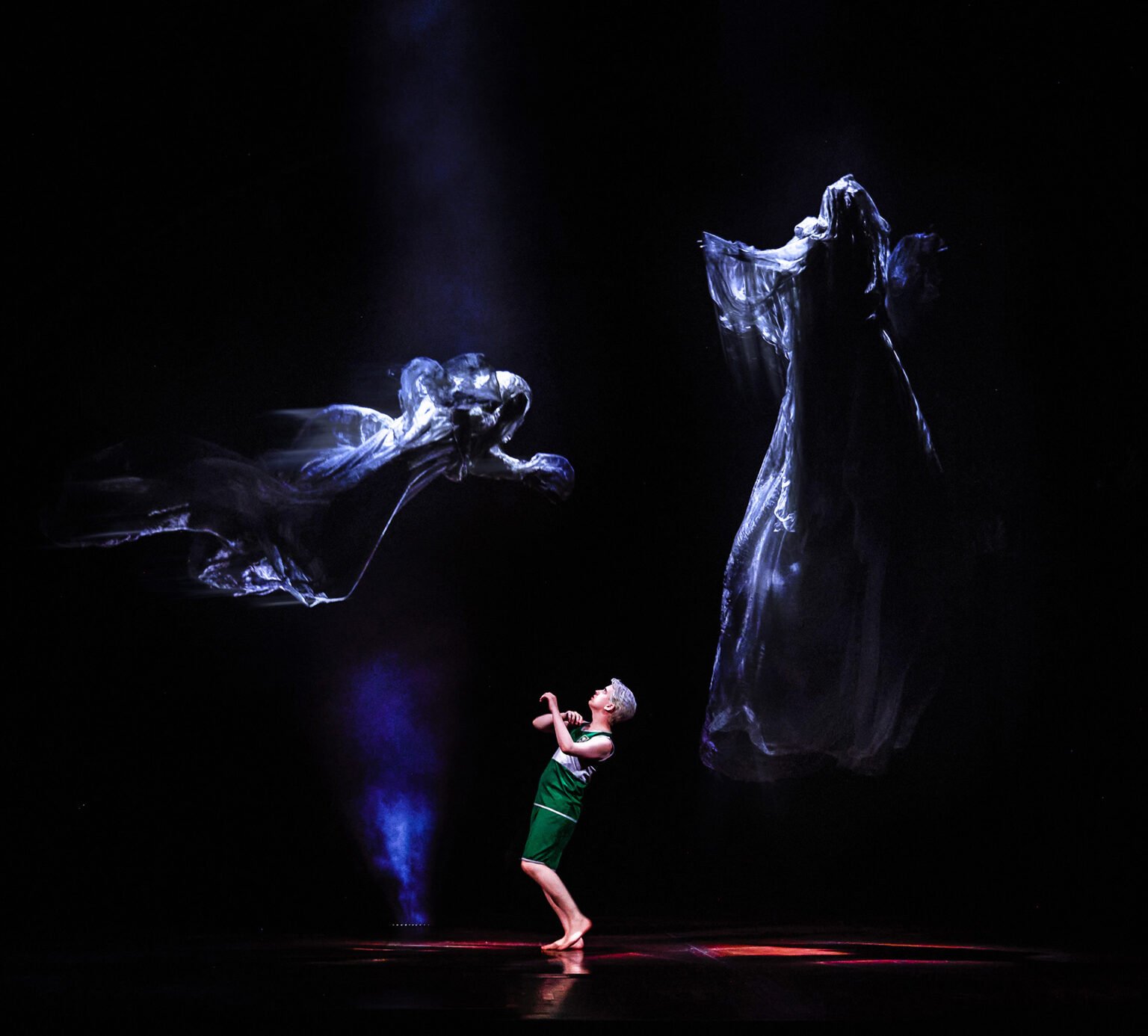
Subscribe to CX E-News
Nyx Calder (Scorpius Malfoy) and Dementors – Photo credit Michelle Grace Hunder
Lighting designer Neil Austin has a long list of accolades to his name. His design for the original West End production of Harry Potter and the Cursed Child back in 2016 won him the Laurence Olivier award.

He went on to realise that design on Broadway – Tony Award, Drama Desk Award and Outer Critics Circle Award – then in San Francisco, Germany and then Melbourne – Helpmann Award. In the wake of the pandemic several Cursed Child productions around the world are transitioning to a reimagined one-part version of the show, Melbourne being one of them. Neil is now re-visiting the theatres he worked in years ago to reimagine his design. It may sound like a gravy-train, but it is clear very quickly when speaking to him that his team’s job is far more complicated than simply cut- and-pasting a show-file.
In London back in 2016, Neil says he was still using lamps he would’ve used in 2004. Because in 2016 there were not yet any quiet, profile LED moving lights suitable for theatre. Neil maintains that even in a louder production like a musical, it is unacceptable to have a noisy moving rig. As Cursed Child is a play with moments of utter silence, it was never an option. London’s rig was – and still is – made up of ETC Revolutions, Vari-Lite 1000 Arcs and GLP X Bars.
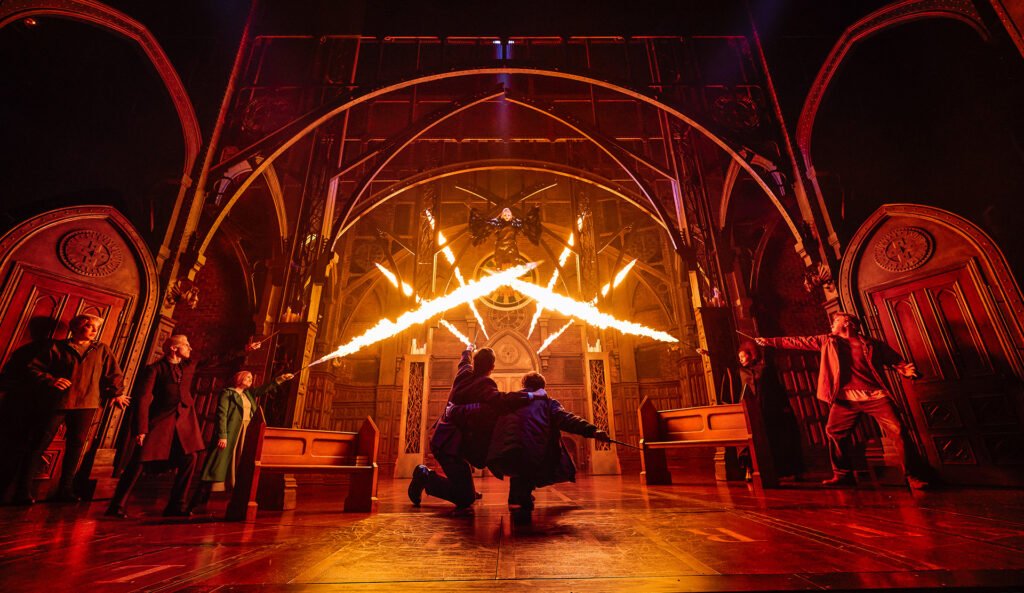
Between the London and Broadway productions, Austin went to Prolight+Sound in Germany where he was allowed an exclusive look at the new Martin Encore which he “recognised was truly ground-breaking as an LED unit.” For years people had been looking slightly ill under arc sources and Austin’s solution had been to add a bit of pink gel.
The Encore with its full spectrum source he describes “absolutely looks like someone is standing by a window.” While the Encore was slightly dimmer than arc movers in the market at the time, those other lights grow dimmer and dimmer the longer they were used, whereas an Encore stays the same. “I would always prefer to know that a light is going to look exactly the same no matter when you see the show.” The Encore wasn’t yet on the market, but Austin got Martin’s promise that he could have the first 100 units off the production line. “The production managers in the US thought I was crazy to be speccing a unit that didn’t exist yet, that there was no price for. I put it back to them that I thought they were crazy that in 2018, on a show that you hope to run for five years, that you would be willing to use fifteen year old units.” Austin won them over when he showed them the maths on what they would save on crew calls and lamp changes.
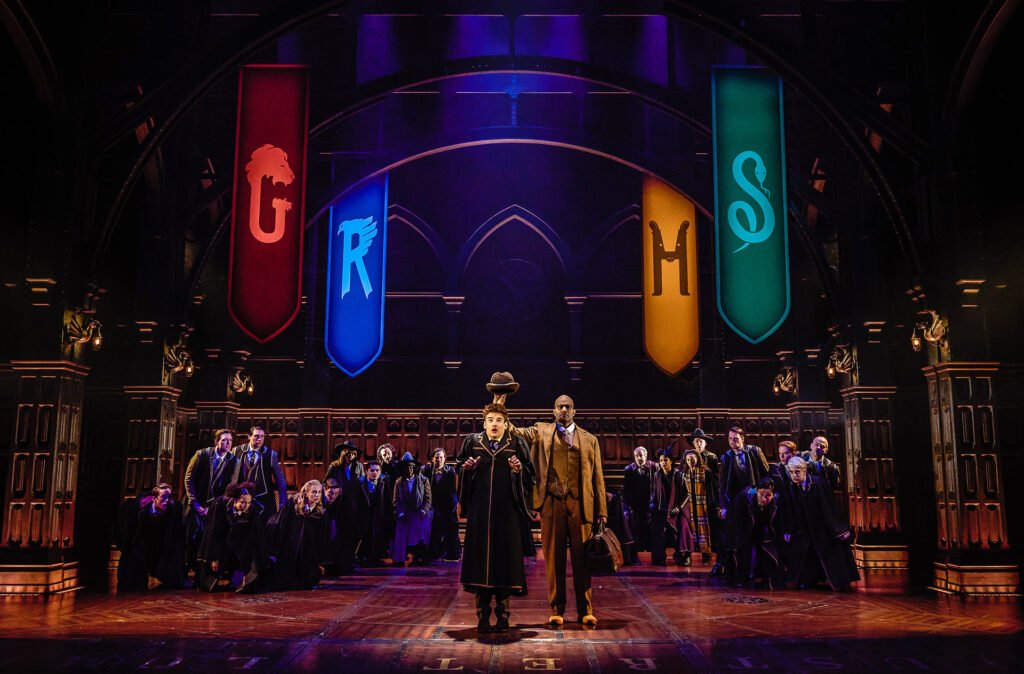
Broadway was bumped in using a new rig and the latest version of EOS software, an update from London’s version, and therein lies the complication with each remount of the show. Changes to the rig have been made incrementally between each production as Austin has found – and in some cases helped design – the exact units he wants. A new rig means none of the levels or the colours match, and a different version of EOS software means the show file is incompatible.
Coming into the reboot Austin had to decide whether he was going to update the Broadway, San Francisco, and Melbourne shows to all be using the same rig and version of EOS software. He decided against the idea, as each show was functioning and running well on its own. “I wanted to make sure during tech that any problems I saw were my problems and not an issue of weird translation from one version of software to another.” This meant manually entering the relevant change data in each city.
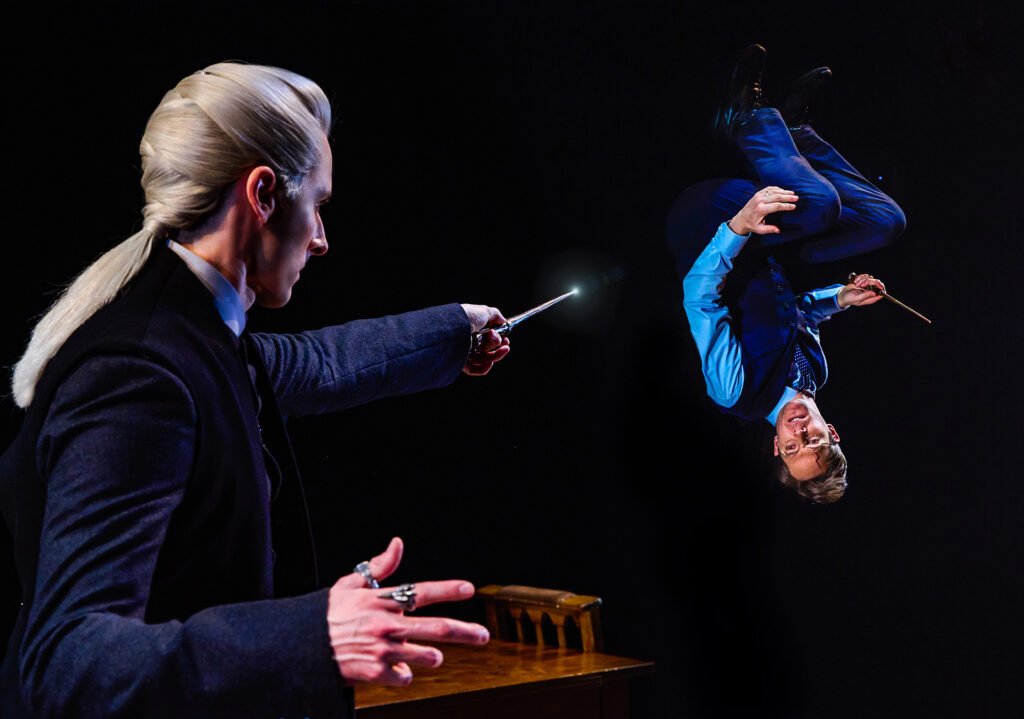
Compounding the difficulty is that the show’s EOS system is integrated with a program called LightStrike. LightStrike interfaces automation and lighting, meaning lights can track moving performers and scenery. It was developed for Austin by his friend Daniel Murfin especially for the original Cursed Child production and now exists in the market for other productions to use.
LightStrike isn’t the only product that came into being because of Cursed Child. As a part of Austin’s original design in 2016 were GLP X Bars. When Austin first saw these lights, they were being used mostly in the concert world, as opposed to theatre. He liked the units and spoke to Mark Ravenhill from GLP, “I think your unit is brilliant, but it’s got the wrong source, it dims like a piece of shit, it only has one axis of movement and it jerks as it does it and it has terrible chromatic aberration.” He recalls Ravenhill responding, “OK, you love it, but you really hate everything about it.” At that time Austin had six months until bump-in for London. He promised that if GLP worked with him on making the light what he wanted there would be close to 200 units on the show.
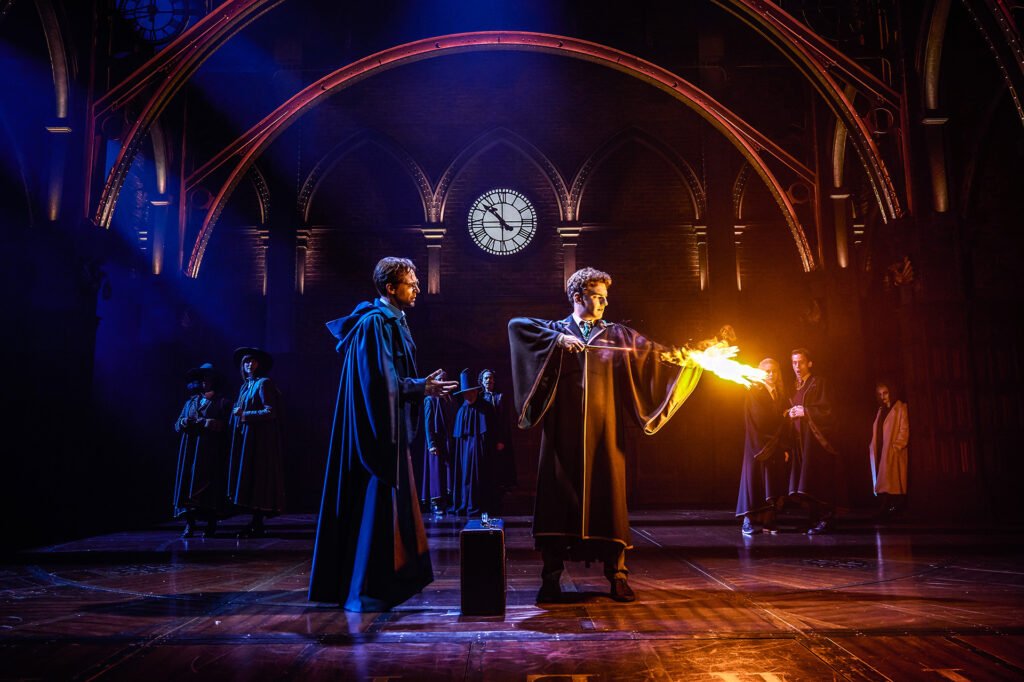
Having established that working relationship, Austin was able to go back to GLP when he was in need of 1K beam lights to use as followspots. That collaboration led to the X4 XL light being used for above stage dome positions, with a different chip, the RGB yellow chip. Now when anybody purchases an X4 XL they have the option to choose the ‘theatre version’ with the RGB yellow chip.
Originally intended to hang on bars, the X4 XL is far from a traditional followspot. Handles and faders were added so they could be used by spot operators. As the LEDs are controlled by the desk, it means operators always bring their fader to full, the exact level determined by the desk, guaranteeing consistency, which is important in a situation where the operators can’t judge their own level as they’re on opposite sides of the stage to each other. The desk can also snap out lights meaning the range for operator error is far smaller. The likelihood of a clanging mistake where one light is left on during a blackout is almost impossible.
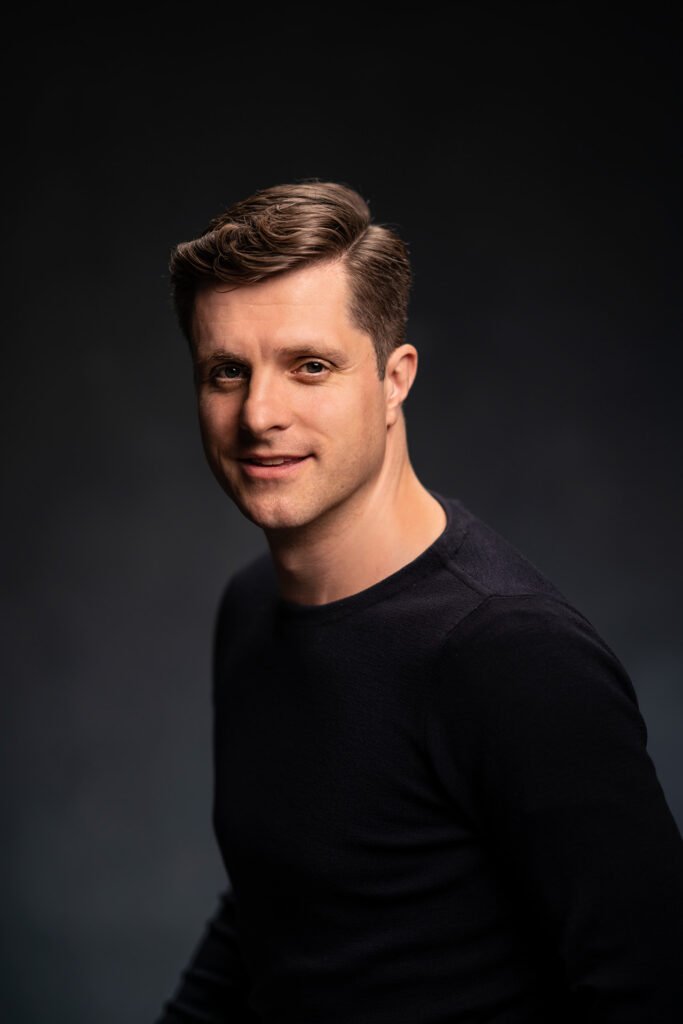
It seems a kind of magic in itself that Austin was able to conjure into existence the exact tools needed for his job. And now all these tools are available to be used on other shows. What’s most interesting about their function on Cursed Child, is that the newest technology is paired with theatrics from the Victorian era. Austin informs me that some of the magic in Cursed Child was performed at the Egyptian Hall in London by famous illusionists Maskelyne and Cooke in the 1800s.
When asked what he thinks of the newest technology being paired with the most traditional stage craft he describes Cursed Child as “a love letter to theatre”.
Subscribe
Published monthly since 1991, our famous AV industry magazine is free for download or pay for print. Subscribers also receive CX News, our free weekly email with the latest industry news and jobs.




